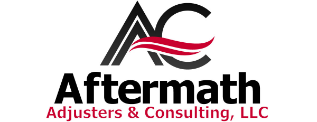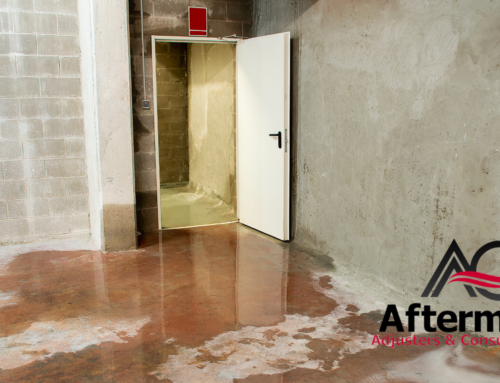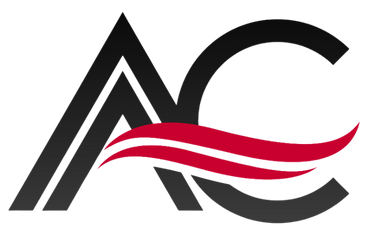Prior to property damage, it is a good idea to understand what your homeowners policy covers. This will help you know if you need supplemental insurance coverage, such as flood insurance. It will also help you determine if your coverage amounts are adequate.
Types of Coverage
A homeowners policy typically covers these 4 things:
- DWELLING insurance: This is insurance for your home’s structure as well as anything attached to the structure such as attached buildings or built-in appliances.
- PERSONAL PROPERTY insurance: This covers personal belongings found inside the dwelling and includes such things as clothing, furniture, appliances, and electronics.
- LIABILITY insurance: If someone gets injured on your property, this insurance takes care of that claim. This can include things such as slipping on your sidewalk, falling down your stairs, or being bit by your dog.
- Additional living expenses insurance (ALE): If covered damage keeps you from living in your home, ALE will cover temporary housing costs.
Typical Perils Covered In A Homeowners Policy
The list perils included on most homeowner policies, according to the Insurance Information Institute, include:
- Fire and smoke
- Lightning strikes
- Windstorms and hail
- Explosion
- Vandalism and malicious mischief
- Damage from an aircraft, car or vehicle
- Theft
- Falling objects
- Weight of ice, snow or sleet
- Riots
- Damage from electrical surges
- Water damage (with exceptions)
Nonetheless, there are some hazards that may be excluded from your policy. Knowing these will help you to know if a claim will be rejected. In Florida, the biggest exclusion is flooding. You may be able to add flood insurance through an optional rider or with a third-party insurer.
Filing a Homeowners Insurance Claim
Once you understand what your policy covers, it is a good idea to look at the claims process. By knowing what to do before a claim happens, you are better able to file the claim with the needed information.
- Document the damage – One of the best ways to document the damage is to take photographs. Be sure to do this before you begin the cleanup process. Submit these photos as part of your claim.
- Initiate Your Claim – Submit your policy number and tell your insurance company what happened. You can also speak to your insurance representative who can help you understand the cleanup process. Be sure to contact your insurance company as quickly as possible after the damage has occurred. The longer you wait, the more likely it is that your insurance company will try to deny your claim.
A good way to be sure that your claim is filed correctly and that you receive the claim payout due to you is to hire a public adjuster. They understand the intricacies of filing a claim and know what is needed by your insurance company.
Aftermath Adjusters & Consulting, LLC. can help you analyze your policy before damage occurs as well as help you submit claims after damage occurs. We will be your advocate throughout the process to be sure that your insurance company accepts their responsibility and pays out on covered claims. Give Aftermath Adjusters a call today.









